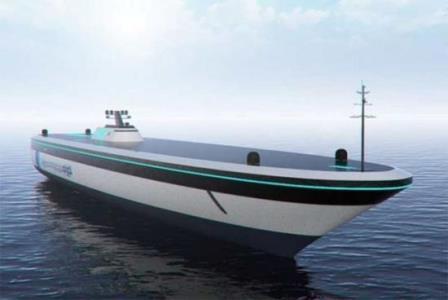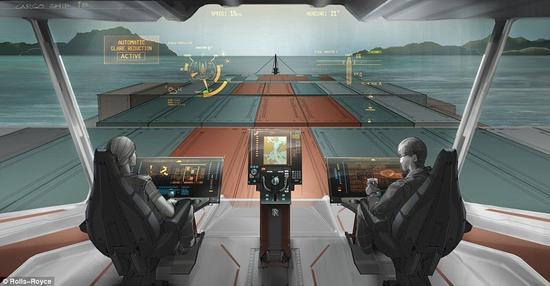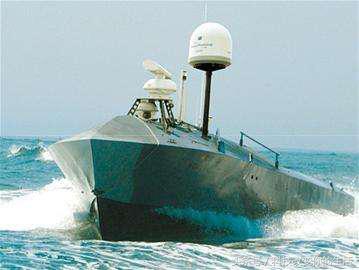
Intel and Rolls-Royce are working together to provide automation technology for large vessels. They will work together to deliver robots to the shipping industry as early as 2025 as part of a step-by-step technological transformation of the industry.
According to the plan, Rolls-Royce will initially use Intel-to-Strong processors to build its ship's intelligent platform to process data from land centers and land. The ship's servers will act as black boxes, using Intel's 3D NAND solid-state disk for storage and its Xeon scalable processor.
The system is composed of camera network, lidar and radar, all of which are supervised by the central procedure. Using machine vision algorithms, the program can look for obstacles like other ships and send automatic alerts to the crew.
These configurations are like the eyes and ears of a ship. Intelligent sensing system can automatically classify nearby ships, whether yachts, cruise ships, tankers or tugs. By combining and aggregating data from multiple sources, it can provide better visibility in harsh weather conditions, especially when ships are navigating at close range, such as berths.
One of the biggest challenges at present is to establish an international legal system to manage the deployment of automatic ships. "In the next 18 to two years, we will see the first batch of commercial remote control ships."



 Home
Home
 Customer contact:js001@86agency.com
Customer contact:js001@86agency.com


